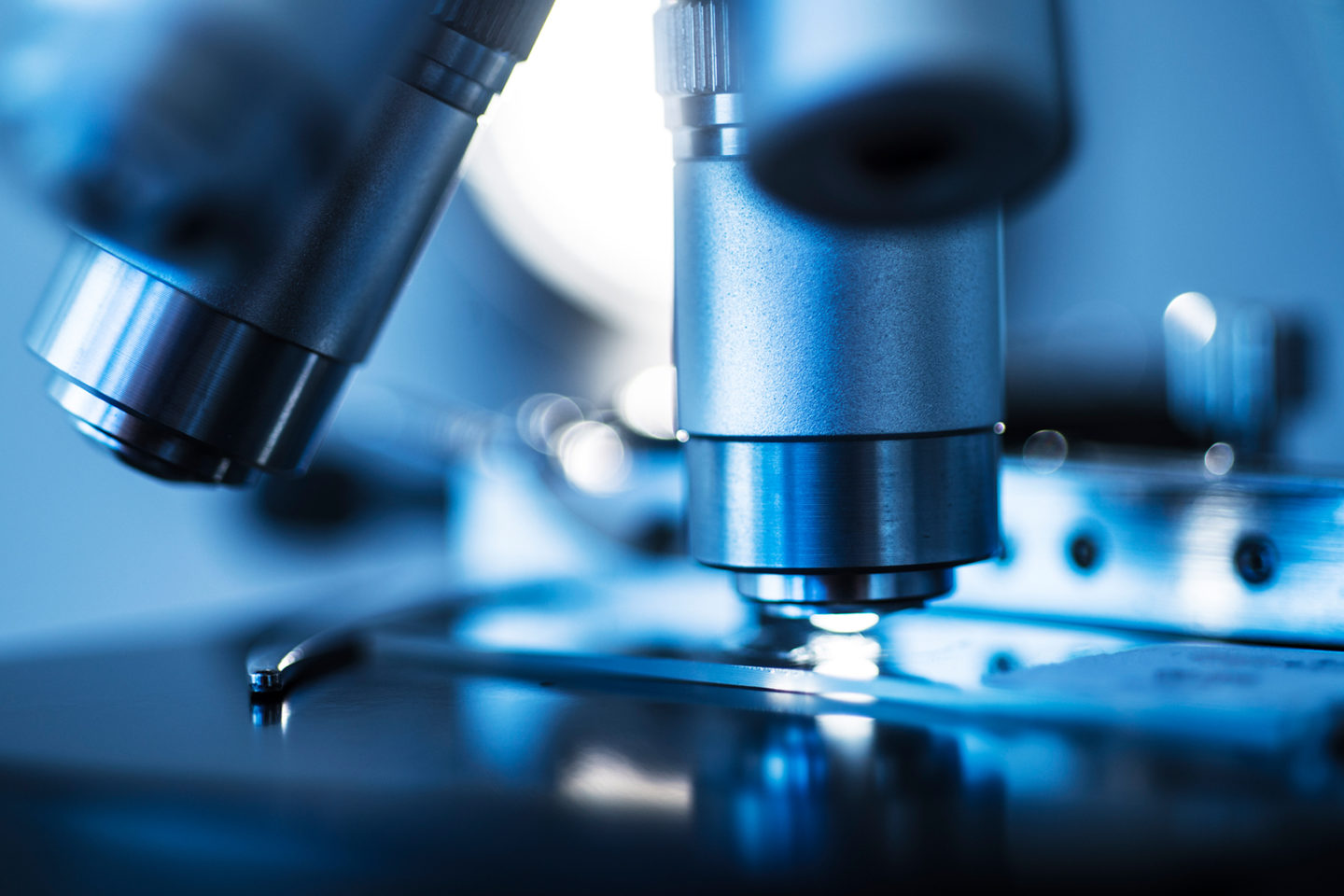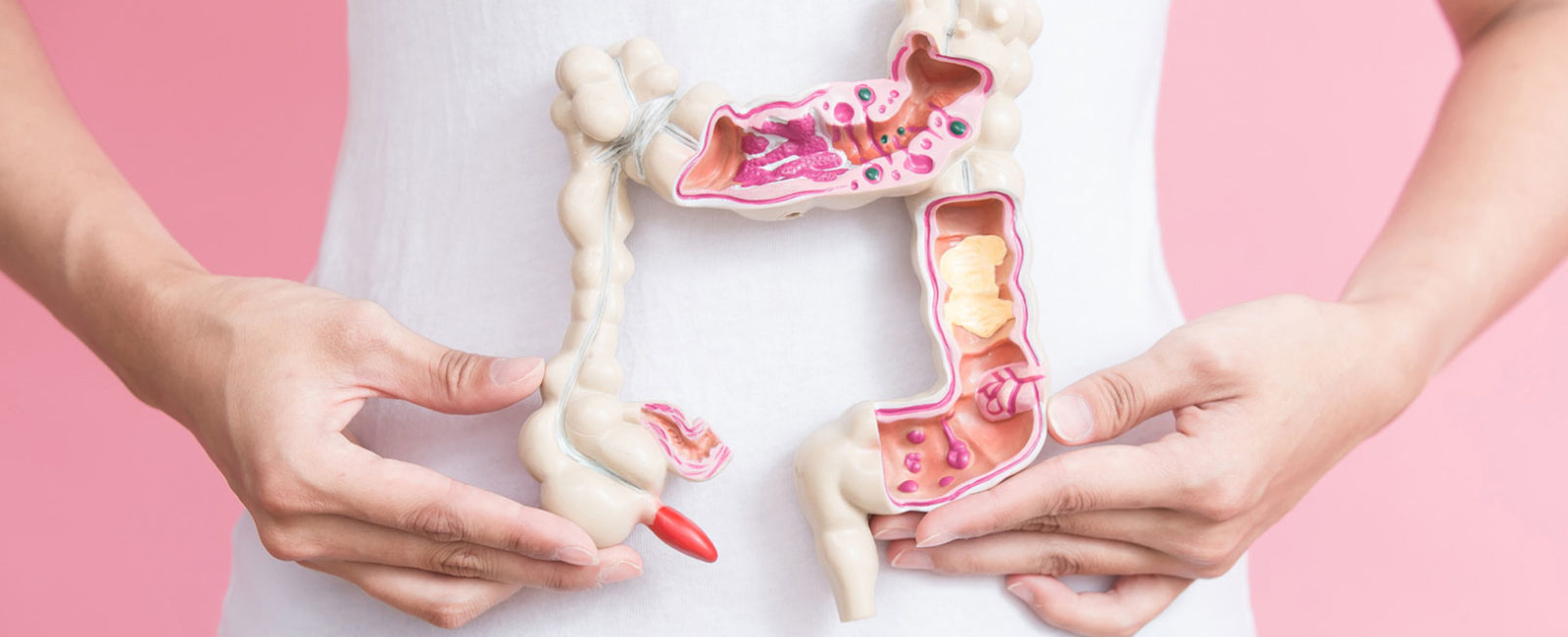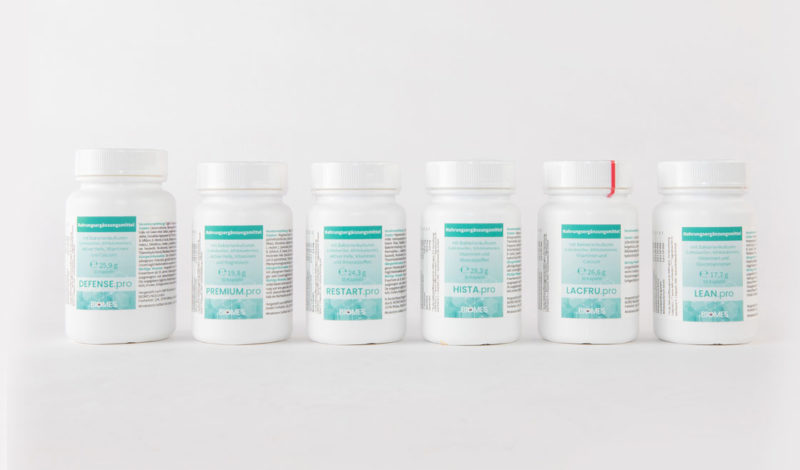What are probiotics and how do they increase our well-being? The term "probiotic" derives from Latin and is composed of [...]

Intestinal flora after colonoscopy: How to rebuild it
With the help of a colonoscopy, changes in the bowel can be detected early on. During the examination, the doctor inserts a small camera into the intestine so that the intestinal mucosa can be examined visually. However, this is only possible if the bowel has been thoroughly emptied. In the short term, this radical evacuation of the bowel can lead to a change in the microbiome of the bowel mucosa. However, it is possible to rebuild the intestinal flora after colonoscopy.
Stress for the intestinal flora: colonoscopy
Before a colonoscopy it is necessary to empty the intestine with the help of a laxative. You should start purging a few days before the treatment: you must drink a saline solution that removes water from the intestinal wall. This liquefies the stool, increases the stool volume and activates the evacuation process. You can support this process and prevent dehydration by drinking plenty of water. You must avoid solid food until the examination. This procedure burdens the intestinal flora and can lead to a short-term change in the microbiome. The gentle build-up of the intestinal flora after the colonoscopy is therefore a sensible measure.
The microbiome: important for your health
The microbiome describes the totality of all microorganisms in your intestine. More than 400 different types of intestinal bacteria live alone in your colon. In total, the intestinal flora comprises several trillion bacteria. They support your digestion, produce enzymes, amino acids and vitamins (B2, B12 and K). In addition, intestinal bacteria are extremely important for your immune system, as they effectively protect you from pathogens. A stable and species-rich microbiome is therefore important for your health and well-being.
The intestinal flora after colonoscopy
A healthy intestinal flora is based on a complex interaction of bacteria and microorganisms. Various factors can disturb this sensitive balance. These include, for example, persistent stress, an unbalanced diet or the intake of antibiotics. However, even the intensive intake of laxatives can change the composition of the intestinal flora in the short term. Studies1 have shown that taking laxatives reduces the bacterial species Lactobacillus plantarum, Gemella, Clostridium cellulosi and Ruminococcus callidus.
Other genera such as proteobacteria and Dorea formicigenerans, on the other hand, occur in greater numbers immediately after intestinal cleansing. Consequently, the intestinal flora after colonoscopy may have a similar bacterial composition as in people suffering from irritable bowel syndrome or chronic inflammatory bowel disease. This imbalance can be alleviated by taking the laxative in two doses. In addition, you can gently rebuild your intestinal flora after the colonoscopy with a healthy diet and probiotic foods.
Building of the intestinal flora after colonoscopy with a balanced diet
Immediately after the colonoscopy low-fat and easily digestible foods spare the still empty digestive tract. Tea, still water and vegetable juices are well suited to compensate for the loss of fluid. As soon as your bowel movements have normalised, you can start eating more varied foods again to rebuild your intestinal flora after a colonoscopy.
A balanced, vitamin-rich and fibre-rich diet is particularly suitable for this. Wholemeal products, fruit and vegetables, nuts, legumes and dairy products provide valuable nutrients and minerals that serve as a nutritional basis for beneficial intestinal bacteria. Finished products, alcohol, simple carbohydrates and sugar, on the other hand, support the growth of undesirable bacterial strains. It is therefore advisable to avoid such foods or replace them with nutrient-rich, unprocessed alternatives.
Rebuild the intestinal flora after colonoscopy: Prebiotics and probiotics
Psyllium, garlic, artichokes, chicory or black salsify are examples of prebiotic food: they contain indigestible food components which are an important source of food for beneficial bacteria. Prebiotics are fermented in the digestive tract, which produces useful metabolic products: Short-chain fatty acids serve intestinal cells as an energy source and, like lactic acid, ensure a low pH value in the large intestine. This acidic environment makes it difficult for harmful intestinal bacteria to settle, while it can increase the number of useful intestinal bacteria.
Among the useful intestinal bacteria are lactic acid bacteria and bifidobacteria. These strains of bacteria strengthen the immune system and support the absorption of nutrients. Probiotic foods such as natural yoghurt or kefir contain live lactic acid bacteria that can multiply in the intestine and thus displace unwanted organisms.
A balanced diet with prebiotic and probiotic foods can thus contribute to the development of a healthy intestinal flora after colonoscopy.
1. Jalanka J, Salonen A, Salojarvi J, Ritari J et al. Effects of bowel cleansing on the intestinal microbiota. Gut 2015:64(10), 1562-8. https://www.ncbi.nlm.nih.gov/pubmed/25527456
- Sources:
- Cremon C, Barbaro MR, Ventura M, Barbara G. (2018) Pre- and probiotic overview. Curr Opin Pharmacol.;43:87-92. doi: 10.1016/j.coph.2018.08.010
- Probiotika und Präbiotika: Darmflora aufbauen | NDR.de – Ratgeber – Gesundheit
- Mikrobiom und intestinale Gesundheit: Eine hohe Diversität von Darmbakterien ist günstig (aerzteblatt.de)
- Rao RK, Samak G. (2013) Protection and Restitution of Gut Barrier by Probiotics: Nutritional and Clinical Implications. Curr Nutr Food Sci.;9(2):99-107. doi: 10.2174/1573401311309020004
- Wan Y, et. al. (2019) Effects of dietary fat on gut microbiota and faecal metabolites, and their relationship with cardiometabolic risk factors: a 6-month randomised controlled-feeding trial. Gut. 68(8):1417-1429. doi: 10.1136/gutjnl-2018-317609
- Markowiak, P., & Śliżewska, K. (2017). Effects of Probiotics, Prebiotics, and Synbiotics on Human Health. Nutrients, 9(9), 1021. doi: 10.3390/nu9091021



